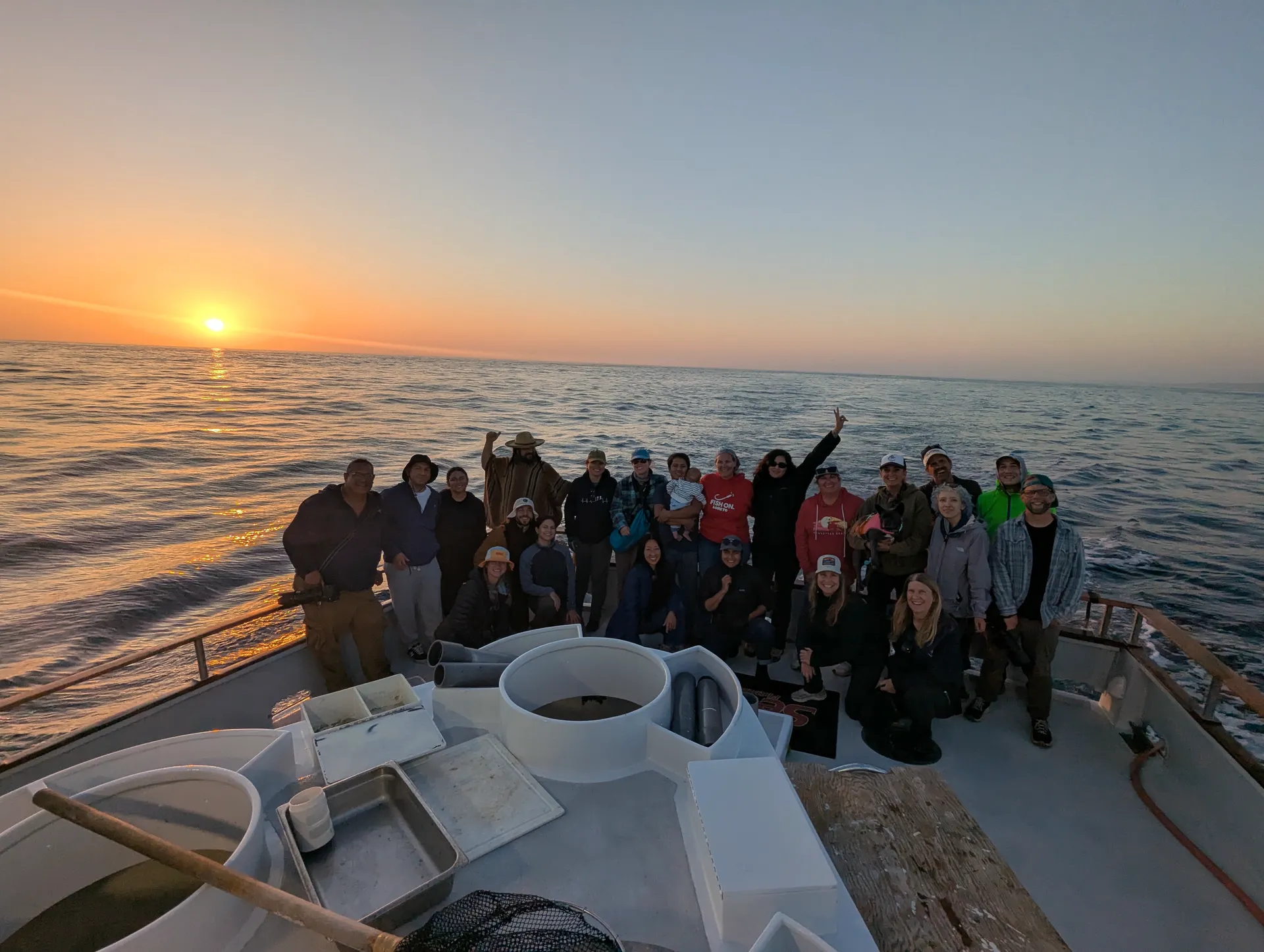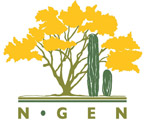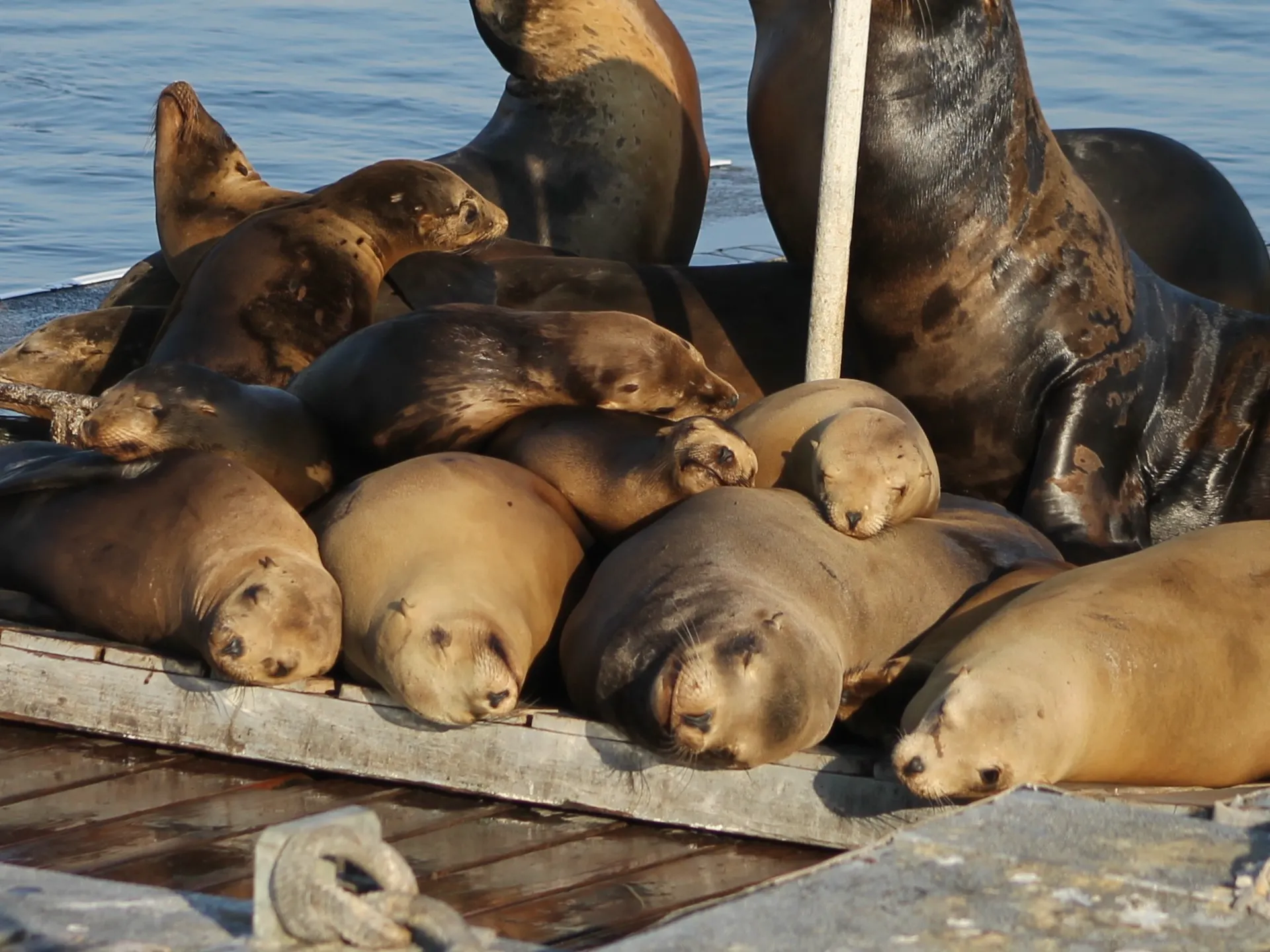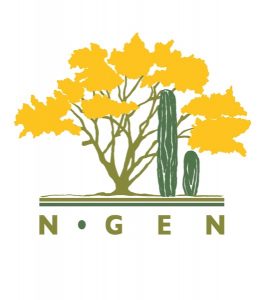There exists a lie so common that people usually take it at face value: science is done only by scientists, and scientists are exclusively people with lengthy academic backgrounds.
It’s a lie. Science has been practiced for millennia, usually strategically dismissed as cultural practices, agricultural traditions, alternative medicines, alchemy. The idea that science only happens in controlled studies, that it’s an inseparable appendage of academia, and that it’s only valid when meticulously backed by research institutes or published in peer-reviewed journals, is rooted in a colonial concept.
Today, science is—albeit rather slowly—becoming more and more accessible to anyone, which is precisely what community science is all about. Community science shows us that any person, no matter what their academic or scientific background may be, can contribute to scientific research.
For N-Gen, the Border BioBlitz embodies this approach. Born out of the need to document borderland biodiversity to strengthen opposition to wall construction in 2017, the Border BioBlitz has now gathered eight years of plant and wildlife observations along the U.S.-Mexico border.
Every spring, individuals and grassroot organizations plan nodes (or events) located 15 km north or south of the U.S.-Mexico border, open for everyone to participate. All that’s required is a phone and a sense of curiosity for the natural world. Participants take pictures of plants and wildlife and upload them to iNaturalist, a platform designed for community science.
This year, 33 nodes and over 200 people took to the outdoors to document just short of 30,000 observations on iNaturalist. Among them, a node dedicated to marine biodiversity set sail off the coast of San Diego to record all types of observations—from large pelagic life, to tiny marine invertebrates.
The marine node is a cross-border effort, with participants from both sides of the border coming together to document ecosystems that are often unnecessarily truncated at political boundaries during research activities. The node is particularly exciting as not everyone gets a chance to board a vessel for research—this year participants ranged from seasoned marine biologists, to poets and graphic designers, all nature fanatics.
“As someone outside the academic and scientific communities, it’s rare for me to witness
research firsthand,” shared Allison Liang, a graphic designer who participated in this year’s marine node. “Opportunities like this are hard to come by when you’re not a student or part of the field. This trip allowed me to connect with researchers, students, and educators around our shared passion for nature.”
Transboundary projects like the Border BioBlitz are a powerful reminder that science is meant to be accessible. They show us that it is for anyone and everyone, even if you don’t have a fancy degree.

Photo credit: Arnau Pou
Marine Ode
By Angie VorhiesFrom False Bay we set seaforth—
biologists, teachers, marine and citizen
scientists, and students, here for nature—
to count as many species as we can
in this BioBlitz de la Frontera.
We leave the River mouth and head south
past Pelicans, Terns, Gulls, Sea Lions
past Pt. Loma, after Cabrillo
we pull a Giant Kelp pile onto the boat:
tangle of bladder, branches, and blades
of amber green-brown that gleam in the morning sun
then the introductions come so fast
you can barely remember them all—
it’s hard to put a name to a face so small—
hello Yellow Umbrella Slug that oozes over your palm
and this delicate white lace curled like a tiny lampshade,
Nudibranch, Brooding Anemone, Copepod,
Goose-necked Barnacles by the hundreds—
and what are those things that look like cockroaches crawling
out of the Feather Boa Kelp?
So much happens beneath the surface sometimes you forget
until you are gifted a glimpse into this world
of acrobats and ancients, miniature horses, a cosmos of Sun-
flower and Brittle stars.
We turn west, where there is no wall,
only the fin of a sunfish, waving
waves for miles, that carry us
like little by-the-wind sailors,
Velella velellas, with their ultramarine
blue rafts and clear sails.
We lose sight of land, scan the sea
like ancient mariners, see no Albatross
only the occasional Mylar balloon that bobs
like a poison apple for marine animals that mistake
them for food, consume the toxic plastic, become entangled in their string.
The crew fishes out each one we pass with a long bamboo spear.
We arrive at the Bait Ball, a wild party of Dolphins,
Dolphins! rush over, behind, beside, and ride the bow wave,
matching our speed, gliding like knives through water,
sleek, leaping, leapfrogging over each other, showing off like young girls that cartwheel
because they can, like little boys racing and tumbling downhill
without breaking rhythm, mesmerizing, fluid
synchronized Dolphins swimming
with such effortless exuberance–
who dares call them Common, they are extraordinary—
we want to be down there with them, and we lean over the rail as far over as we dare
forgetting our awkward bipedal bodies
becoming one with them, with the water, in the water
where there is no border
just one
hydrosphere
that circles the Earth
from cloud to river to sea—
each of us a drop in that ocean
there is no separation between us
these permeable constructs we call cell,
body, border, microplastics
dissolve—
like the blue aura that shimmers
just below the surface before she blows
once, twice, three times, and you hold your breath as Blue rises into the sky—
and then she falls like centuries
into the sea.
Now you are on Whale time.
You wait 10, 20, 30 minutes,
but still no sign of her—
just the smooth flat surface where the Whale was,
a fluke, you count yourself lucky
she let you see her at all.




